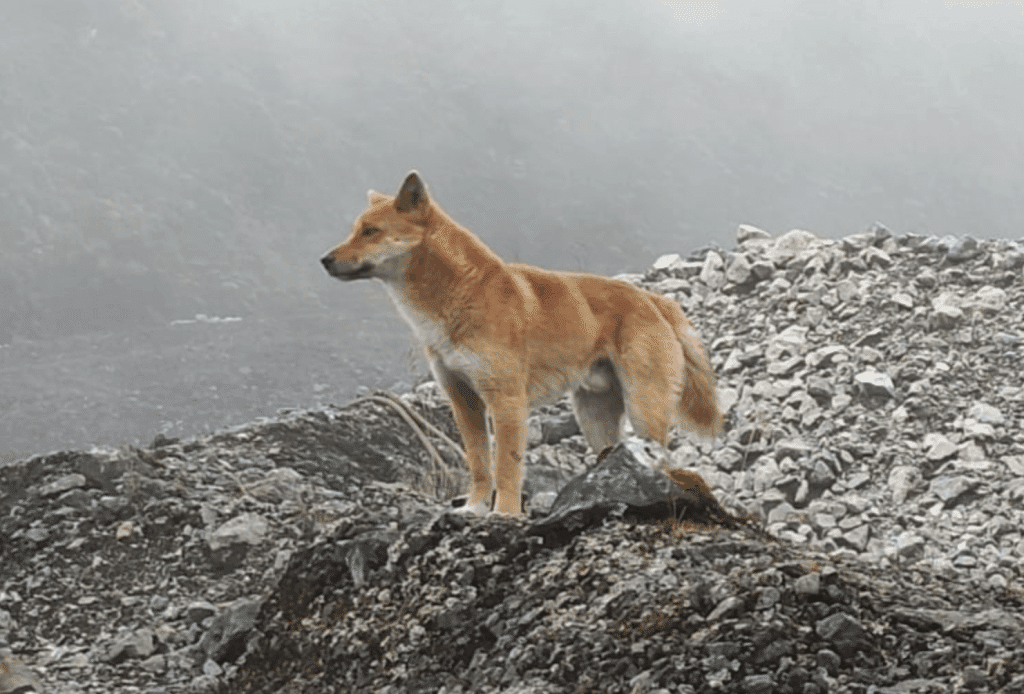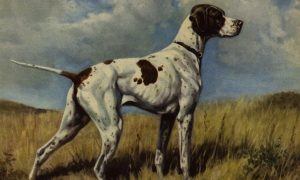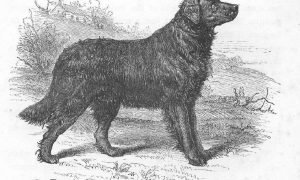“This post contains affiliate links, and I will be compensated if you make a purchase after clicking on my links.”
An extremely rare breed of “singing dog” thought to be extinct for 50 years has been discovered living and thriving in its natural habitat.

The New Guinea Singing Dog, an ancient breed of dog known for its unique vocalizations, was thought to exist only in captivity since disappearing from their natural habitat in the highlands of New Guinea. Now, researchers have discovered the dogs living—and thriving—on the Indonesian side of the island north of Australia.
When scientists from the University of Papua traveled to Puncak Jaya, a mountain summit in Papua, Indonesia, they spotted a pack of wild dogs that looked strikingly similar in appearance to the singing dogs found only in zoos and conservation centers around the world.
The team took photographs and video and began studying physical, demographic, and behavioral data on the animals. After determining the pack included both male and female adults, pregnant females, and young puppies, the team returned to collect blood samples that would prove or disprove the animals were the same breed kept alive in captivity for 50 years.
Although the dogs weren’t an exact match for the captive singing dogs, when they compared DNA results, researchers discovered that the dogs living in Indonesia were far more closely related to those in captivity than two domestic dog breeds, like a Beagle and a Golden retriever, are related to one another.
Researchers determined that the wild singing dogs, called “Highland Wild Dogs,” are an ancestral line to the New Guinea Singing Dogs we know today, with their physical and behavioral differences being attributed to interbreeding in captivity over the last five decades.
The video below shows the unique vocalizations of a captive New Guinea Singing Dog, vocalizations still made today by the ancient breed discovered living freely in Indonesia:
Both the Highland Wild Dog and the New Guinea Singing Dog breeds possess genomic variants that are not seen in other dog species in the world. Researchers hope that by studying these ancient dogs, they can further learn about how dogs became domesticated.


















